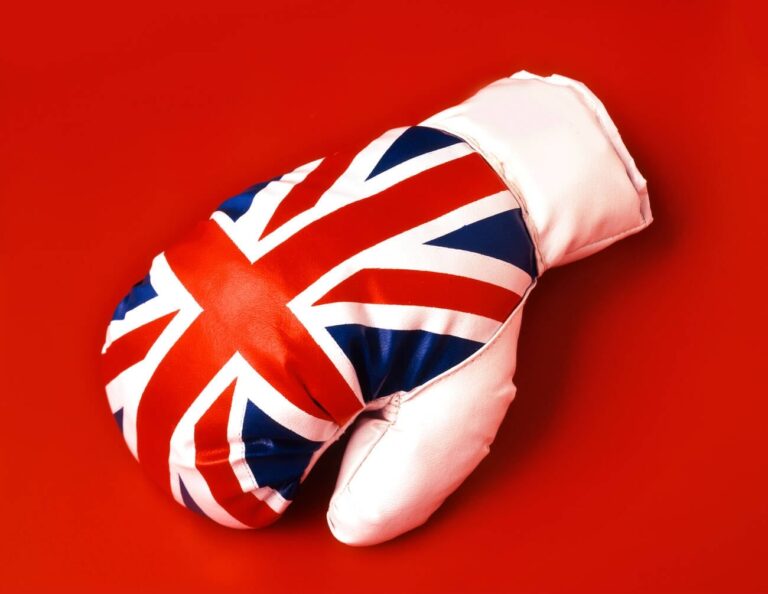A Guide to Understanding the Weather in the UK
It’s no secret that the weather in the UK is unpredictable. Whether it’s raining or sunny, the weather can change drastically from day to day, and even from one part of the country to another. Knowing the different types of weather in the UK will help you plan your trips and be ready for whatever Mother Nature has in store.

Factors Influencing UK Weather
The weather in the UK is affected by a number of factors. One of the most important is its location. The UK is located in the North Atlantic and is heavily affected by ocean currents and wind. For example, warm waters from the Gulf Stream help to keep temperatures down, especially in the west of the country.
The UK’s position also affects the strength of the jet stream. This jet stream is a narrow, fast-flowing air stream high in the atmosphere. It is responsible for steering weather systems from the Atlantic to the continent. Its strength can decide whether the UK gets mild, wet weather or drier, wetter weather.
Rainy Days: The UK’s Reputation for Rain
Rain is one of the first things people think of when they think of the UK. And it’s easy to see why. The UK gets an average of more than 1,000 millimetres of rain every year. It’s no surprise that the wettest parts of the country are in the west, especially in places like Wales, the Lake District and Derbyshire.
The reason for this is that the UK has a maritime climate, with mild temperatures and plenty of moisture from the oceans.
The amount of rain in the UK can vary from year to year. Autumn and winter are usually the wettest months. The UK also has dry weather, especially in the summer. It’s not unusual for a rain shower to interrupt your outdoor activities during the summer, so it’s a good idea to always have an umbrella or a waterproof jacket handy.
Sunshine and Clouds: Variability in UK Sunshine Hours
Even though the UK isn’t as famous for its sunshine as other parts of the world, it does have its fair share, especially in the summer. On average, the average UK day sees around 1500 hours of sunshine each year. The sunniest parts of the country are in the south-eastern part of the country.
Sunshine hours can vary greatly depending on where you live. For example, if you live on the coast, you’ll often see more cloud cover. This can reduce the amount of sunny days you’ll have.
If you live in an inland area, you’re likely to have a clearer sky and more sunny days. Why do the UK’s sunshine hours vary? The UK’s position relative to the Atlantic means that it’s easier for the sun to shine in some parts of the country while it’s cloudier in others.
Snow and Ice: Winter Weather in the UK
In the UK, winter weather can come in many forms, from bright sunny days to heavy snow and ice. Depending on the time of year, some winters can be milder than others, while others can bring heavy snowfall and freezing cold temperatures.
In the north and west of the UK, snow is a common occurrence, especially in Scotland, and in the higher parts of the country such as Wales, the Lake District and the Peak District. Snow in these areas can cause disruption to travel and everyday life, but it can also create a winter wonderland that attracts visitors from all over the world.
In recent years, the UK has experienced several cold snaps, often referred to as “Beast from the East” events, where cold air from Siberia sweeps across the country, bringing snow and freezing temperatures. These events can have significant impacts on transportation, infrastructure, and agriculture, highlighting the need for preparedness during the winter months.
Coastal Climates: Weather Variability by the Sea
The UK’s coastline also has a big impact on its weather patterns. Many coastal areas have unique microclimates that are affected by the sea. For example, in coastal areas, temperatures tend to be milder in winter and cooler in summer compared to inland regions.
On the other hand, coastal regions can also be subject to strong winds, especially during storms or periods of unseasonal weather. These can have both beneficial and detrimental effects, such as providing renewable energy via wind farms or causing damage to buildings or trees.
Although coastal weather can be challenging, many coastal communities still rely on the sea to make a living, whether it’s through fishing, tourism or other sea-related activities. Knowing and adapting to the weather along the coast is important for anyone who lives and works in coastal areas.
Climate Change: The Future of UK Weather
Climate change is expected to have significant impacts on the weather patterns in the UK in the coming decades. While it’s challenging to predict the exact nature of these changes, scientists anticipate increased variability in weather events, including more frequent and intense storms, heatwaves, and rainfall.
One of the most visible signs of climate change in the UK is the increasing frequency of extreme weather events, such as flooding and heatwaves. These events can have far-reaching consequences for communities, infrastructure, and the environment, highlighting the need for adaptation and mitigation measures.
Addressing climate change requires collective action at the local, national, and international levels. By reducing greenhouse gas emissions, transitioning to renewable energy sources, and implementing policies to enhance resilience, we can help mitigate the worst impacts of climate change and safeguard the future of the UK’s weather for generations to come.
Conclusion
The UK’s weather is as varied and unpredictable as the island nation’s landscapes. Whether it’s a rainy day, a sunny spell, a snow-covered landscape or a coastal breeze, the weather in the UK provides a wealth of weather experiences for both residents and visitors.
By understanding the factors that affect UK weather, from the maritime climate to the position of the jet stream, we can be better prepared for whatever weather we encounter. By embracing the unpredictability of UK weather and learning to cope with its challenges, we are able to make the most of each season and enjoy the best of this beautiful country.









